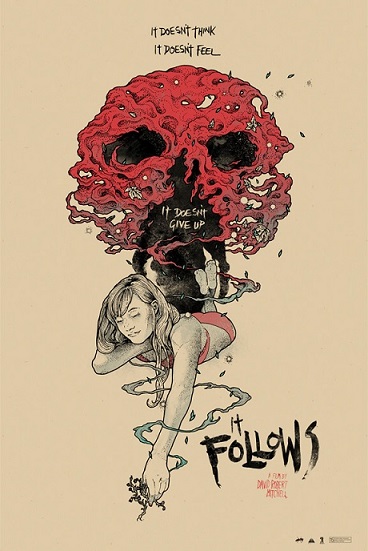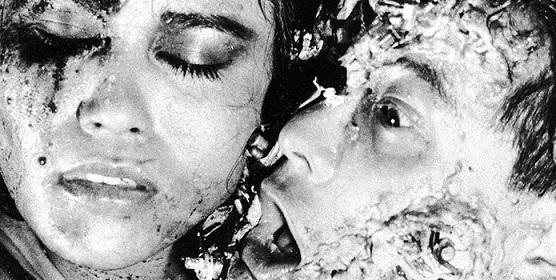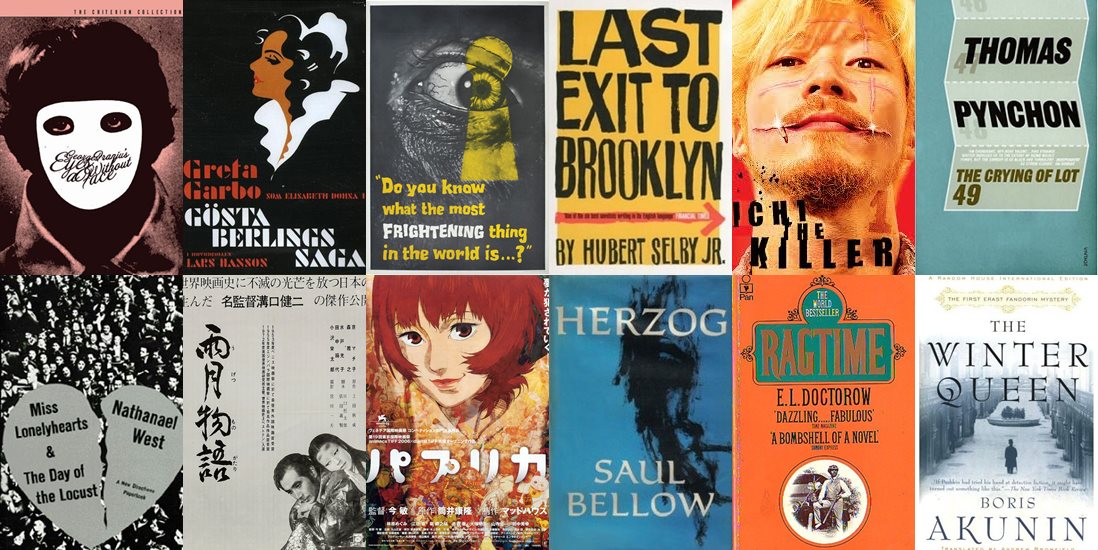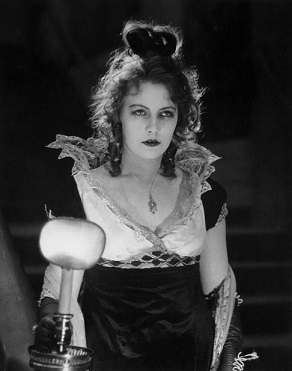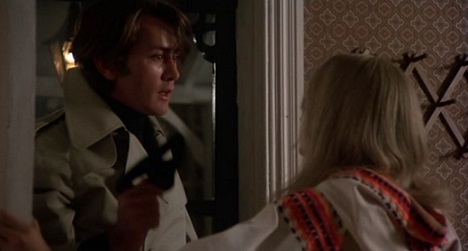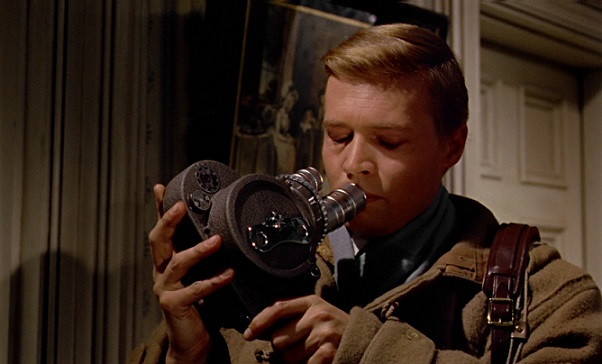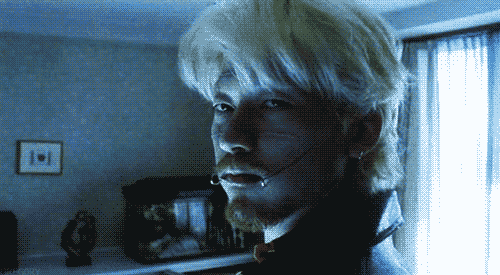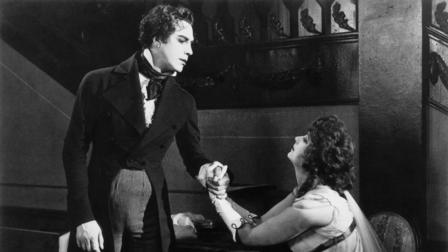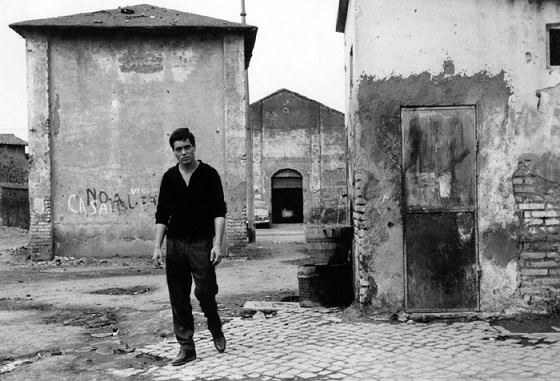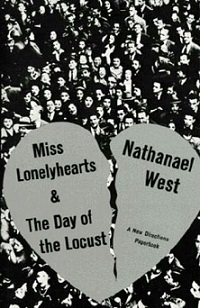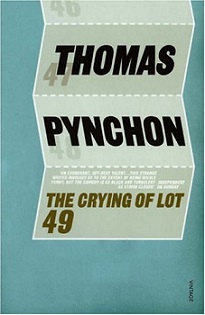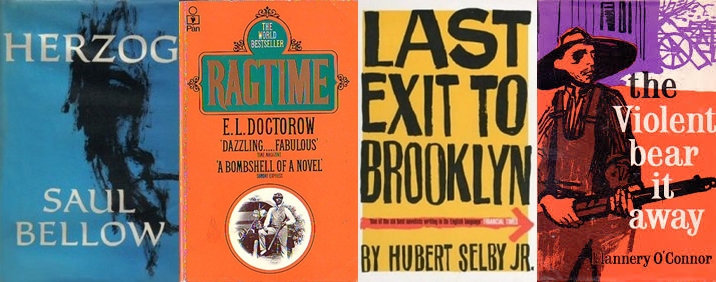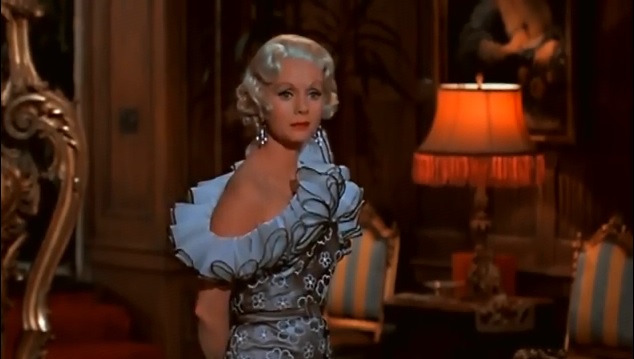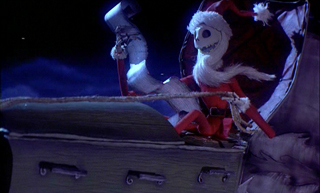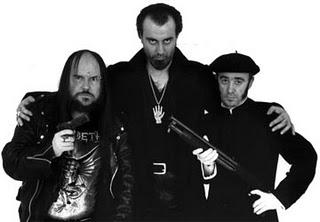What is this monstrous It from this movie? Can it be that it symbolizes something more than what we see on screen? I think so. And let me say this first: for me It doesn’t stand for any physical disease.
I’m going to serve you spoiler avalanche/movie analysis here. If you really want to see It Follows, an independent American horror that both critics and viewers admire, watch it first and then return here for my take on its meaning. But if you’ve seen it or are only mildly interested in it, read the rest of this post.
My first impression wasn’t positive. The movie left me indifferent. “Good idea, but weak execution, and please, enough with these nostalgic shots,” I thought. But I kept thinking about this movie for days afterwards. It is visible that its director, David Robert Mitchell, knows the horror genre and his craft. The cinematography and the script both suggest the depth that reaches behind the simple tale of survival. Then it hit me and I invented my own theory of It. “Meh? More like brilliant!”, were my second thoughts. I’m going to divide them into sections.
Sex is deadly – but not immediately
The movie seemingly follows the familiar horror pattern: everyone who has sex, dies. Jay, a pretty and fragile-looking college student, leads a boring but seemingly satisfactory life in the suburbs of Detroit. Her days seem to consist of sitting around with her sister and close friends, drifting in a small swimming pool, and going out from time to time. Her new boyfriend, Hugh, takes her to the local vintage theater and then starts to act strangely, apparently seeing people that aren’t there. Another night they have sex and then Jay finds out about her boyfriend’s true intentions – he wanted to pass something on to her.
Hugh kidnaps her, straps her to the wheelchair and explains to the terrified girl that she wouldn’t believe him if she didn’t see It with her own eyes. They wait till a naked woman suddenly appears, heading straight towards immobile Jay. Hugh takes her from the spot and says she must sleep with someone else to pass it further, otherwise It will kill her and then return to kill him and the persons before him. This deadly chain cannot be stopped. It walks, instead of running, so you can escape. It can look like anybody, including someone you know.
Time doesn’t matter
The characters seem to exist in the strange world between different eras. We get the objects, clothes, and even hairstyles from 70s, 80s and 90s mixed with mobile devices and talk of the present. This premise isn’t explained. We don’t get to know that the main characters are, for example, collectors of vintage objects. We just have to accept this modern world as realistic when it obviously isn’t. All those time inconsistencies can be seen as tributes to horrors. Especially, Halloween (1978) keeps getting mentioned in reviews. During the interviews the director said he had wanted the movie to be difficult to place in time. My conclusion is that time doesn’t matter – It follows in the same manner in every decade.

Intentionally unrealistic
The movie begins with a familiar “we don’t know what’s happening but it’s creepy” take. I will describe it because it keeps getting omitted in other reviews, even though it sends some important clues right away. A frightened out of her wits girl runs out of her house wearing silk shorts and tank top pajamas. The scenery is a quiet suburban neighborhood in the early morning. She dismisses a neighbor’s and her father’s offers of help and looks desperately around. She runs back to her house, only to return again with car keys, jump in the car and drive ahead. When it’s dark we see her phoning her father on the desolate beach, crying and telling him that she loves him. Cut to the next morning: her mutilated corpse is lying on the same beach. Later we learn about It and may deduct that the girl knew It was chasing her and was going to kill her.
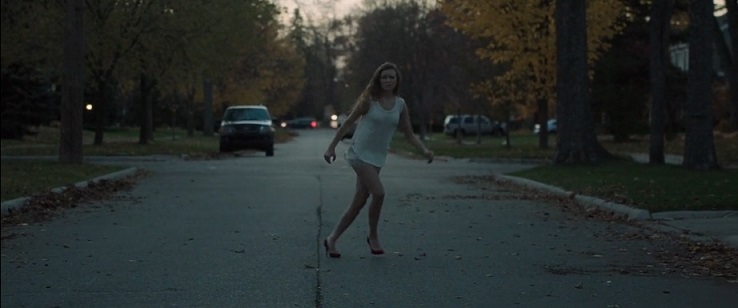
OK, it all sounds probable within the horror genre. Now look at her shoes. Not only are they high heels, they are stilettos (about 5 inches high at least). She would be better off running barefoot. Yes, they are very flattering. But they are also any woman’s last choice when it comes to running. Now the question remains, do we believe the director is an idiot for deciding such an outfit was appropriate? Or do we witness another objectification of female body which must look flattering at all times? I would answer “no” to both these suggestions.
Although in the movie there are numerous shots that dwell upon the beauty of Jay or her teenage sister, the camera never seems predatory. Later in the movie the director got a wonderful opportunity for exploitative shots of the protagonist, as she decides to have sex with three men on the boat she sees in the distance. Jay gets into the water. Cut: she drives a car and her hair is wet. Only this subtle clue tells us what happened. Many directors would jump on the opportunity to show a foursome, but here it is unnecessary and I’m glad Mitchell recognized that.
So if the director isn’t just objectifying the female bodies, why the high heels? Notice the color. Red. They sexualize the girl’s appearance and create a stark contrast with the suburbs, her white sleepwear and daddy’s girl image. You can read this scholarly article about red shoes. The shoes point to the facts that: a) we shouldn’t trust the decorations and think rationally about the characters’ behavior (e.g. wonder who would run in high heels or try to shoot at the invisible monster) and b) the whole movie is about the conflict between characters’ personalities and their repressed subconscious feelings.
Who do you see as It? Those you don’t want to.
The whole reason I’m dealing with this movie here is the monster’s appearance which is always very grotesque and dissociated from the surroundings. Let’s look at the forms that It takes and where they appear.
- A naked woman in the deserted building.
- An elderly woman wearing a nightgown resembling a hospital gown in Jay’s college.
- Jay’s best female friend, Yara, on the beach that Jay and her friends (including Yara) were enjoying themselves.
- A woman who looks like a rape victim, with breasts half-exposed and bruised face, who pees on the floor of Jay’s kitchen.
- A naked middle-aged man on the roof of Jay’s home.
- An extremely tall man in Jay’s bedroom.
- A screaming malnourished kid on the aforementioned beach.
- A girl in a nightgown (that is probably the girl from the beginning of the movie) on the road from the beach.
- And finally, Jay’s dad (whom we spotted previously only in a photograph) near the swimming pool.
These are the forms that It takes for Jay (these may not be all, as I could forget some of them).
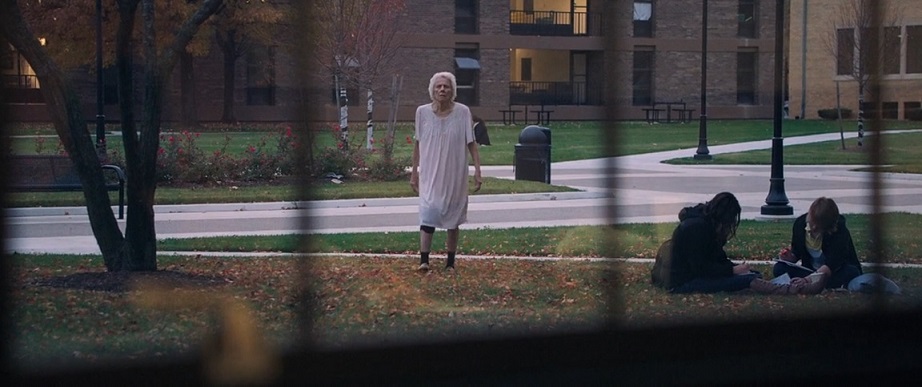
When Jay decides to sleep with Greg to pass the curse, a few days later she witnesses two forms of It following Greg. One is Greg himself in pajamas going into his house. The second is Greg’s mother in an undone nightgown, exposing one of her breasts, knocking violently on the door of Greg’s bedroom. Greg was shown throughout the movie as a womanizer. Jay admits later on she already slept with him in high school. But we can be sure that there was one woman he wouldn’t want to see storming his bedroom at night – his mother. Jay looks mortified as It in form of Greg’s mother kills him while rubbing her crotch against his.
From these images I draw the following conclusion: what Hugh told Jay is not true (just as his name was false), It doesn’t just look like anybody. It personifies one’s deepest fears and repressed sexual desires. Truth be told, if I’m right, it can be seen as the movie’s weakness – Jay shouldn’t just be afraid of anybody passing by, only people that look familiar or/and out of place. Hugh messes up the picture because he keeps seeing girls in normal clothes (yellow dress in the theater), but that can also be a part of his fears and desires.
No one in the movie wants to tell the others what he or she sees as It. The characters subconsciously understand that this would reveal too much about themselves, about the parts of their minds that they don’t want others to know. When Jay’s sister asks “What do you see?”, Jay answers “I don’t want to tell you” while looking at their father trying to attack her.
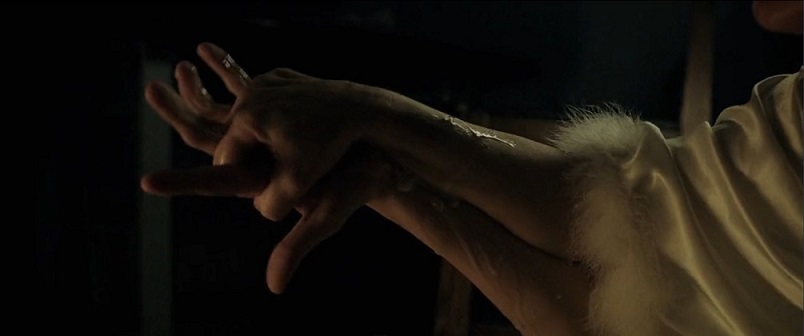
As to It appearing as Yara – at this moment Jay is looking at this very friend in a swim-suit. Could this mean that there exists an unwanted repressed desire on Jay’s part that It feels and feeds upon?
My interpretation is very Freudian, thus some people may reject it. But as my American Literature Professor used to say, “Freud’s ideas are dated and proved to be untrue. But they are excellent when it comes to analyzing literature and they can still be applied as a literary theory device.” I will stretch it to movies as well. It doesn’t matter if we agree with Freud, we can still spot his ideas in the works of art.
But not all forms of It are sexual. Sexual danger and rape associations appear around Jay’s home (we see both predator and victim figures). But what about the elderly lady? Does she symbolize something sexual? For me no, she is a personification of even deeper fears: the fear of aging, disease and death. No young girl wants to be reminded while wasting hours of her precious youth in the classroom that one day she may look like this. The lady appears crazy walking in a hospital-like gown. She also has knee pads. What kind of scary ghost wears knee pads? Only the one inside your head.
The only It form that I don’t know what to make of is the scary kid on the beach. I hope someone can give a possible explanation of his appearance (other than, well, failure of the script). Edit: thanks to this interesting video I found out that the boy is the kid that regularly spies on Jay. Kudos to the author for close watching, although I disagree with his main idea that It is a demon.
If It is a collection of a person’s repressed fears, one cannot escape It. You can run but It will always find you. Dare I say that the movie could be entitled “Id Follows”?”*

To quote the trivia section of IMDb, the director clarified that “the ‘monster’ could potentially board a plane in order to follow the cursed person” and “neither a condom nor same-gender sex would stop the monster and the curse would still be passed.” It suits my theory well.
If the curse is your own mind, you obviously cannot escape it.
What others think
One interpretation I found (read here) is close to mine, but it states that Jay’s father and Greg’s mother appearances suggest previous sexual abuse of their children. While it is possible (Greg recognizes the angry knocking as his mother’s!), I would say that imaginative fear can be as strong as real trauma.
I see others interpreting It as STD (come on, so simple?), fear of sex, reminder of sexual abuse or even adulthood that the movie characters fear (interesting thought). Others see It as simply the personification of death or rather Death that follows us all. Many think that It takes its form after its own victims. That’s why they are often wearing sleepwear – they got attacked at night.
Conclusion
I think it shows the movie strength that we are allowed numerous interpretations that may not even contradict each other. Maybe It is a demon that takes form of one’s subconscious fears and desires? Or maybe It stands just for STD and I am writing the longest post on my blog about the movie that just warns teenagers against sex with strangers? Even if the director is a skillful manipulator that tricked me into believing that his artsy movie is something more, I would still recommend seeing the film.
Any movie that forces you to think and wonder is worth your time. Even if I have to stand another cinematography based mostly on wide-angle camera lenses or another electronic score that “builds an atmosphere” (what it really does for me: it precedes It with basses just like The Imperial March signalized Darth Vader’s appearance)**, I would still watch something similar to It Follows just because it made me think so much about its premise.

